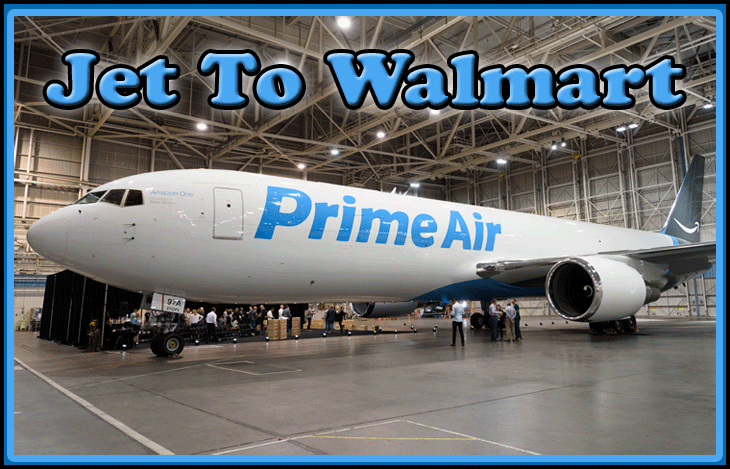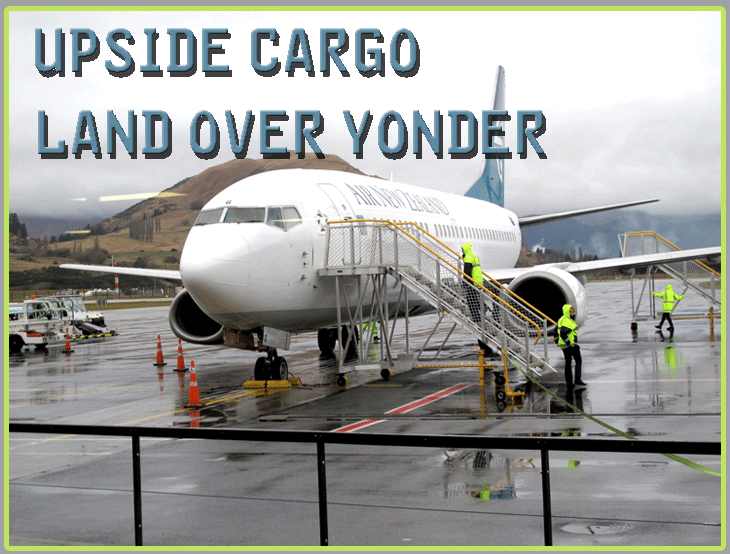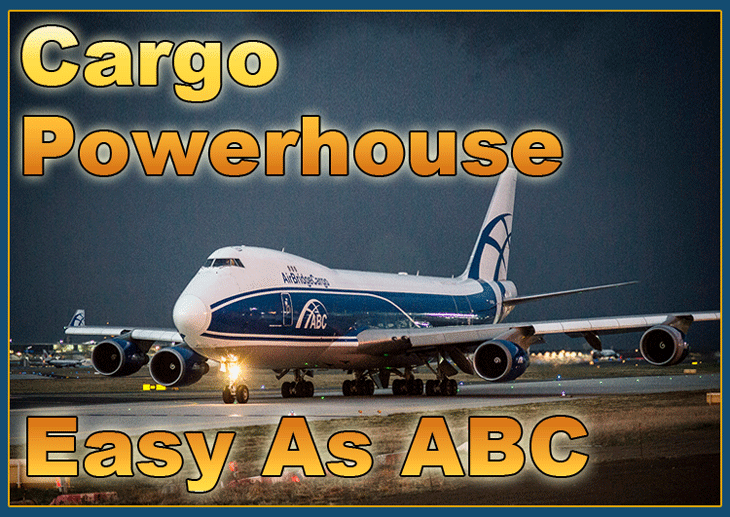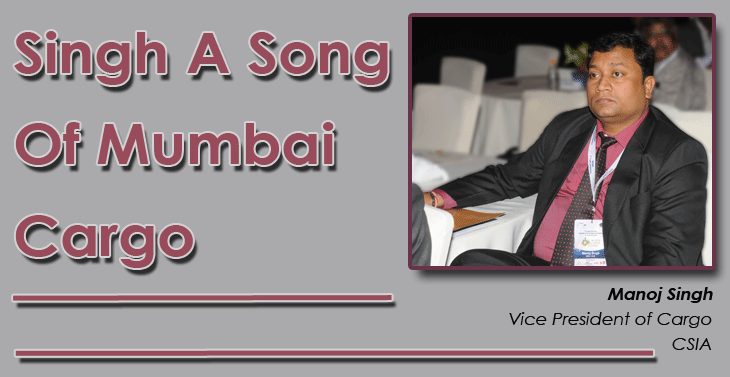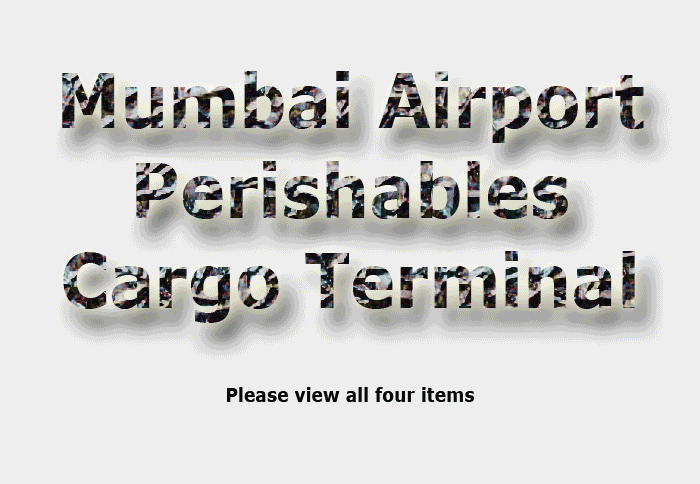 |
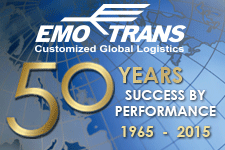 |
 #INTHEAIREVERYWHERE |
| Vol. 15 No. 61 | Wednesday
August 10, 2016 |
 |
While
everyone waxed rapturous over delivery of the first
of the new B767-300 jet freighters in Amazon colors
two weeks ago, a reported Walmart $3.3 billion dollar
bid for Jet.com went largely unnoticed. |
|
Surcharge
Summer . . . As the airlines raise not only rates but
also certain surcharges, blowback has been predictable.
|
 |
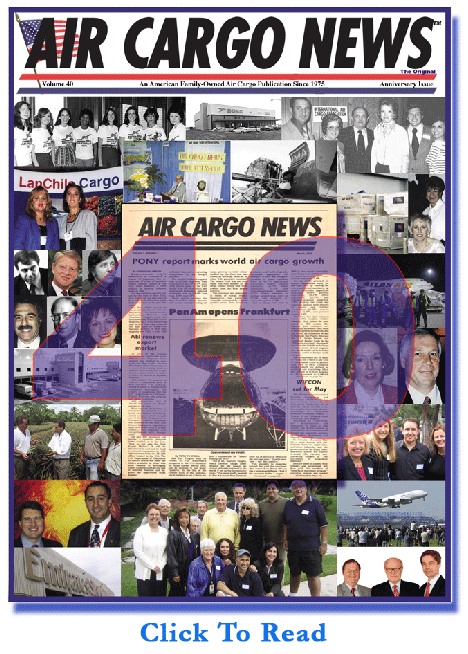 |
|
Air New Zealand is pictured at Shanghai Pudong International Airport as the carrier assesses a number of Chinese cities as potential destinations that could be added to the carriers' PVG and HKG services. Interestingly, adding Chengdu would be a route of 10,505km—slightly longer than Auckland to Los Angeles. Despite
global declines in cargo yields, Air New Zealand is
remaining startlingly competitive. In FY 2016,
the carrier saw net profit reach NZ$338m (USD$242m converted
at current conversions rates), an increase of 154 percent
year-on-year. Its distance from global markets saw lower
fuel prices contribute considerably to the gains, but
operating revenue also surged. And, more significantly,
cargo volumes were up 9 percent, yield by 1.6 percent
and revenues by 21 percent with growth particularly
strong on Pacific long-haul services and into Singapore.
Given that many carriers are reporting yield, revenue
and, in some cases, also volume decreases, the results
were outstanding. |
 |
India
is ready for the world: that is the message Mumbai International
Airport’s cargo section sent out when it recently
opened the doors of a domestic, common user cargo terminal.
Strength To Strength “Our
objective is to strengthen our airport in all aspects.
Squatters Flexes Innovation The
paucity of land at the airport (anyone landing or taking
off from Mumbai can see the widespread encroachment
by squatters) forced the designers to go for an elevated
cargo terminal building: domestic cargo flying to the
airport is handled from the basement while outbound
cargo is managed from the upper level. The Plan A study
by ASSOCHAM (Associated Chambers of Commerce of India)
put the size of the e-commerce industry in the country
at more than $38 billion by 2016: a whopping 67 percent
jump over 2015. Amazon, Of Course The
first off the mark was Amazon. Speaking at the U.S.–India
Business Council Leadership Summit in Washington DC,
where Indian Prime Minister Narendra Modi met U.S. business
leaders, Amazon chief Jeff Bezos said that his company
had decided to put $3 billion more into its Indian e-commerce
site.
Planning Reality Check There
are only two dedicated cargo carriers: Blue Dart and
Quikjet. |
Ron
(R.E.G.) Davies Up Close & Personal |
|
|
The 58th Annual Chicago Air and Water Show takes off
next weekend, August 20 and 21. Presented by Shell and
the City of Chicago, the show runs along the lakefront
from Fullerton to Oak Street, with North Avenue Beach
serving as show center from 10am-3pm daily. |
If
You Missed Any Of The Previous 3 Issues Of FlyingTypers
Access complete issue by clicking on issue icon or Access specific articles by clicking on article title |
||
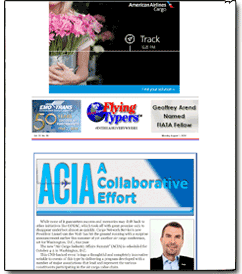 Vol. 15 No. 58 ACIA A Collaborative Effort Chuckles For August 1, 2016 EMO Trans Singapore Swing Ron Davies: A Man & His Airlines Why Ron (R.E.G.) Davies Matters |
 Vol. 15 No. 59 LIGHTBOX for August 3, 2016 Lufthansa Cargo's Long Hot Summer Chuckles For August 3, 2016 Repo Man Moves Customer Claims |
|
Publisher-Geoffrey
Arend • Managing Editor-Flossie Arend • Film Editor-Ralph Arend • Special Assignments-Sabiha Arend, Emily Arend • Advertising Sales-Judy Miller |
|

